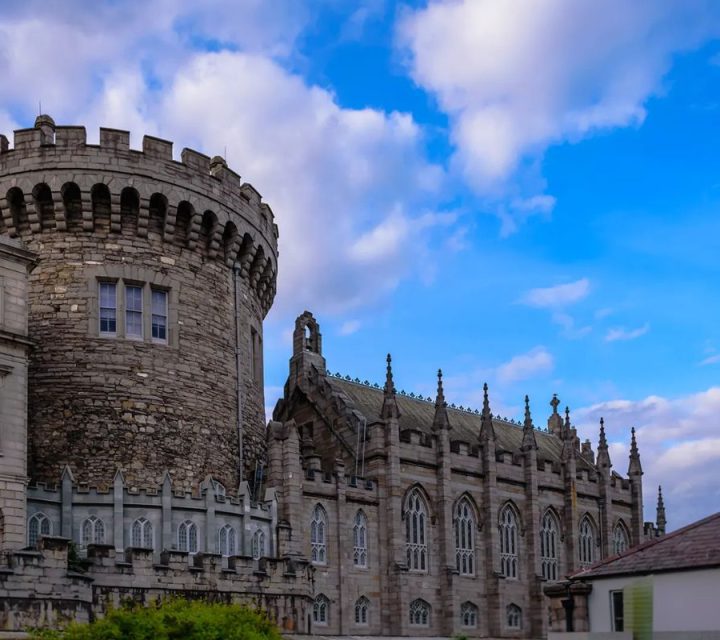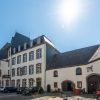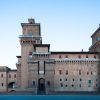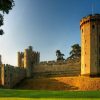Dublin Castle
Dublin Castle is one of Ireland’s most iconic historic landmarks, embodying centuries of political, military, and cultural heritage. Originally built as a defensive fortress by the Anglo-Normans in the early 13th century, the castle evolved into the seat of English, and later British, administration in Ireland. Its strategic importance and striking architecture have made it a symbol of both colonial power and national identity. Today, Dublin Castle stands as a remarkable blend of medieval, Georgian, and Victorian elements. It draws visitors eager to explore its layered history.
As you walk through its courtyards and chambers, you encounter the story of Ireland itself. From its medieval origins to its role in the modern Irish state, the castle remains deeply intertwined with the nation’s past. For anyone visiting Dublin, the castle offers an unforgettable glimpse into the city’s rich and complex heritage.
Location of Dublin Castle
Dublin Castle is located in the heart of Ireland’s capital city, Dublin. It stands just south of the River Liffey, nestled between Dame Street and the vibrant Temple Bar district. The castle occupies a prominent position in the historic city center, making it easily accessible on foot from other major attractions such as Trinity College, St. Patrick’s Cathedral, and Christ Church Cathedral.
The castle complex itself spans over 44,000 square meters, including two courtyards and several impressive gardens. Surrounding the castle are charming cobbled streets, lively pubs, and traditional shops that give the area a distinctly Irish character. You can also enjoy the nearby Dubh Linn Gardens. They are laid out on the site of the original “black pool” from which Dublin takes its name. This central location allows visitors to experience both the bustling energy of the modern city and the quiet grandeur of a medieval fortress in one visit.
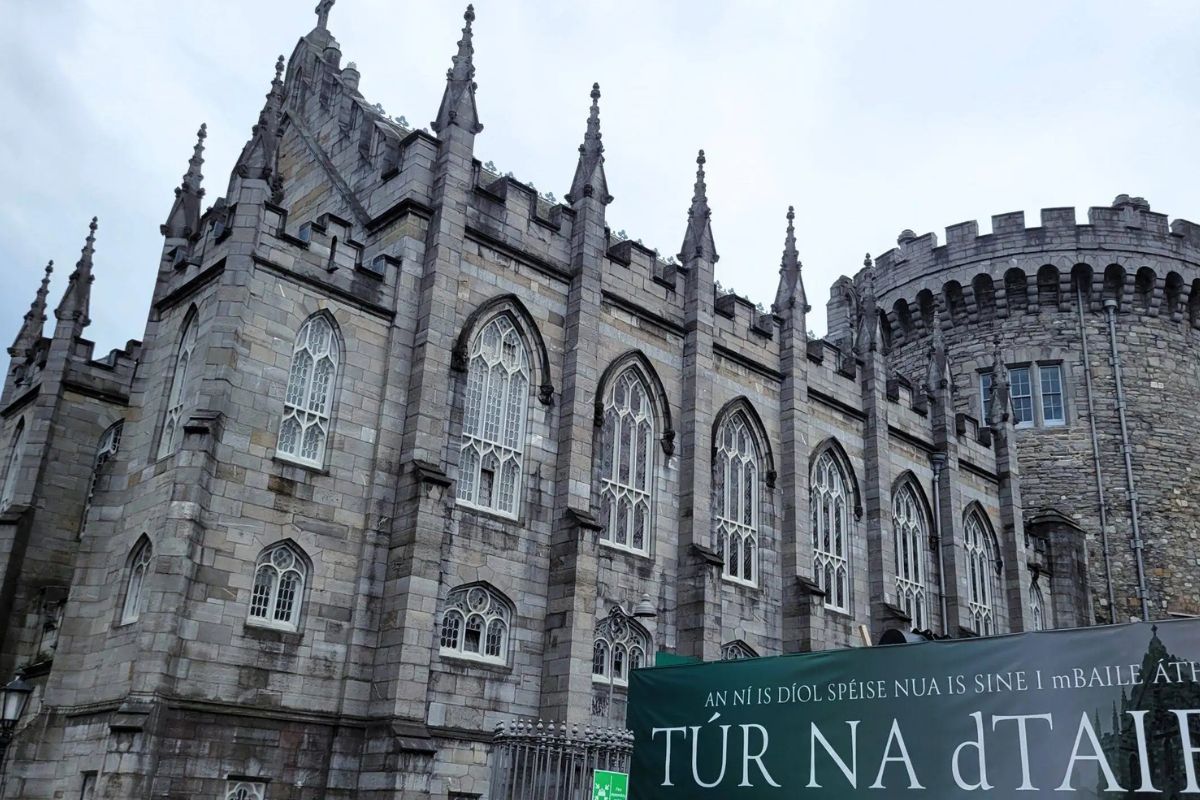
History of Dublin Castle
The history of Dublin Castle begins in 1204, when King John of England ordered its construction to secure English power in Ireland. Built on the site of a Viking settlement, the castle was designed as a defensive stronghold with high walls and deep moats. Its primary purpose was to serve as the center of Norman and later English rule, housing administrative offices, courts, and military garrisons.
During the medieval period, the castle endured several attacks and fires, including a major blaze in 1684 that destroyed much of the original structure. What followed was a significant rebuilding project that gave the castle many of its current Georgian features. This reconstruction replaced the medieval great hall with elegant state apartments, designed to host royal visitors and ceremonial functions.
In 1536, during Henry VIII’s reign, Dublin Castle became the official residence of the English-appointed Lords Deputy of Ireland. For nearly 700 years, it remained the administrative heart of British power on the island. The castle witnessed some of Ireland’s most turbulent moments, including the Irish Confederate Wars in the 17th century and the Easter Rising of 1916. Rebels attempted to seize the castle during the uprising, but British forces successfully defended it.
After Ireland gained independence in 1922, Dublin Castle was handed over to the new Irish Free State. Since then, it has played a ceremonial role in Irish politics, most notably as the venue where each president of Ireland is inaugurated. Over time, the castle has also hosted state banquets, European Union events, and important diplomatic occasions. The blend of medieval remains and elegant Georgian interiors reflects layers of history. These elements have shaped both the building and the nation.
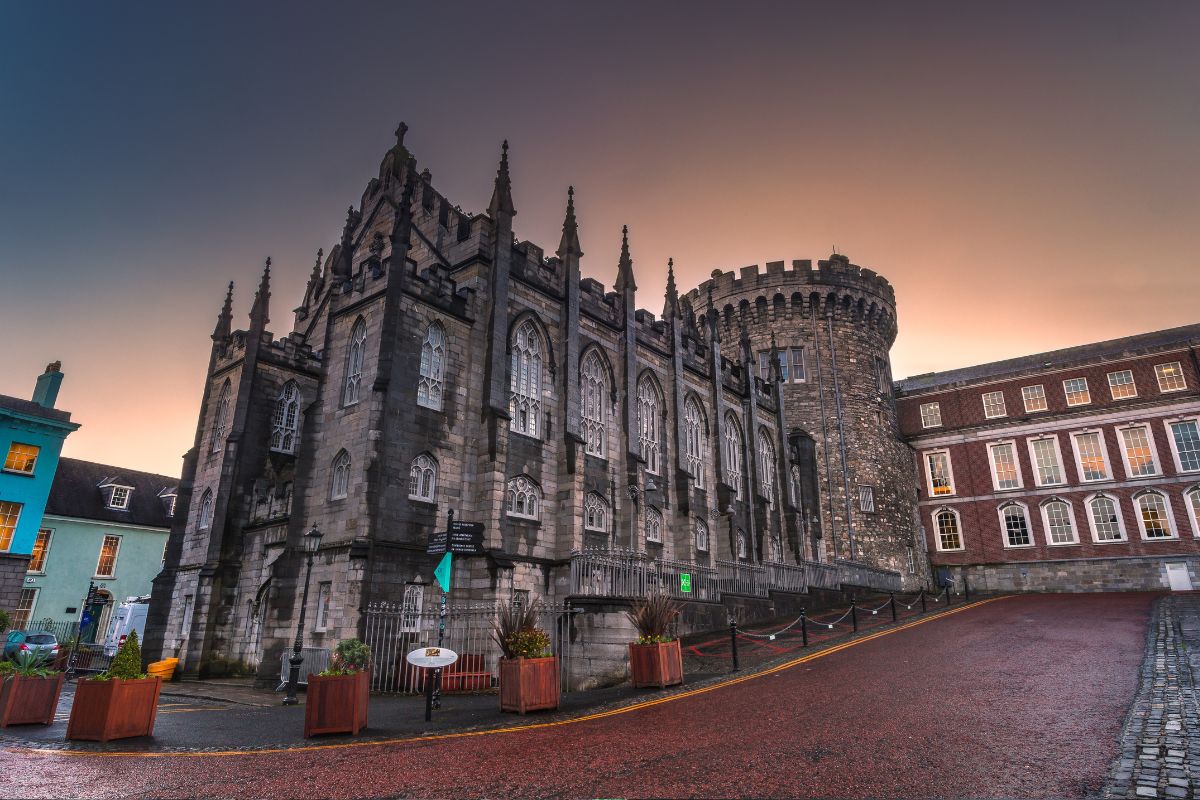
Current Status
Today, Dublin Castle is managed by Ireland’s Office of Public Works and welcomes hundreds of thousands of visitors each year. It serves as a major tourist attraction as well as a functioning government complex, hosting official ceremonies and international conferences. Visitors can explore the stunning State Apartments, which are lavishly decorated with chandeliers, gilded plasterwork, and period furnishings. These rooms offer a glimpse into the grandeur of British rule and are still used for state occasions.
Guided tours of the castle provide access to the medieval undercroft, revealing remnants of the Viking and Norman fortifications. You can also visit the Chapel Royal, a magnificent Gothic Revival church built in the early 19th century. It is famous for its intricate wood carvings and stained-glass windows. The Dubh Linn Gardens behind the castle offer a peaceful retreat with beautifully landscaped lawns, fountains, and sculptures that reflect Irish heritage.
Dublin Castle is fully accessible to visitors, with multilingual guides, interactive exhibits, and well-maintained facilities. Throughout the year, the castle hosts art exhibitions, concerts, and seasonal events that attract both locals and tourists. Its central role in Irish public life continues. It remains a venue for presidential inaugurations, high-level meetings, and cultural celebrations.
Admission
Community features
Castle features
Video
Location
Official website
Featured listings



